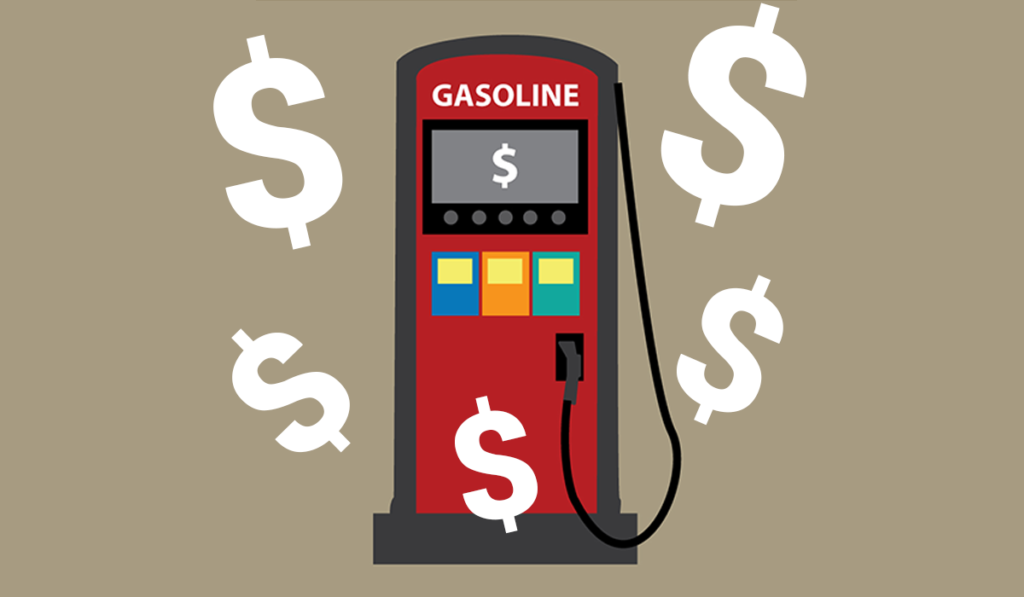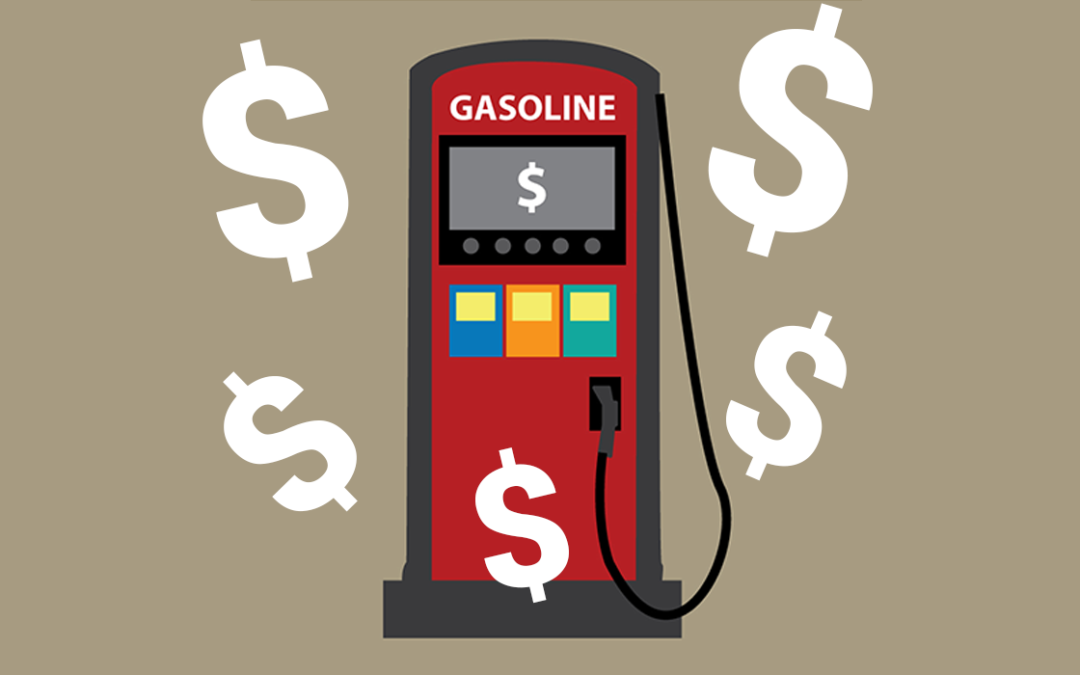
The United States is the world’s largest producer of oil. We supply more oil than Saudi Arabia or Russia. We don’t import relatively much oil from Russia. Nevertheless, shocks and disruptions to the global supply system have led to some of the highest gasoline prices in history here in America.
Currently, every state is averaging about $4/gallon for the first time ever and California’s average is above $6/gallon
What’s happening? Why is gas so expensive? And, why don’t we just take the necessary steps to bring the prices down? The answers to those questions are more complicated than you think.
The worldwide oil market is a uniquely complex, interconnected, and somewhat fragile entity sensitive to fluctuations, disruptions, and conditions around the globe.
- Gasoline prices are connected to oil prices.
- At this time last year prices were around $63/barrel.
- Producers slashed output during the pandemic due to decreased demand.
- When the worst of the pandemic was over, demand surged, supply was tight.
- Suppliers have been reluctant or unable to modernize and/or supplement the existing production infrastructure.
- At the beginning of 2022, crude was $75/barrel
- The Russian invasion of Ukraine greatly disrupted the world market and pushed oil prices higher.
- Today, oil has come down from its post-invasion highs but remains firmly above $100.
Oil prices make up more than half of the final price of gasoline, but it’s not the only factor affecting cost. Refining costs, distribution costs, and taxes also influence the price. Currently, constrained refining capacity is having an increasing impact on costs at the pump.
The video below from cnbc.com offers a good summary of the world oil situation and an overview of the challenges involved in bringing prices down at the pump here in the U.S.

